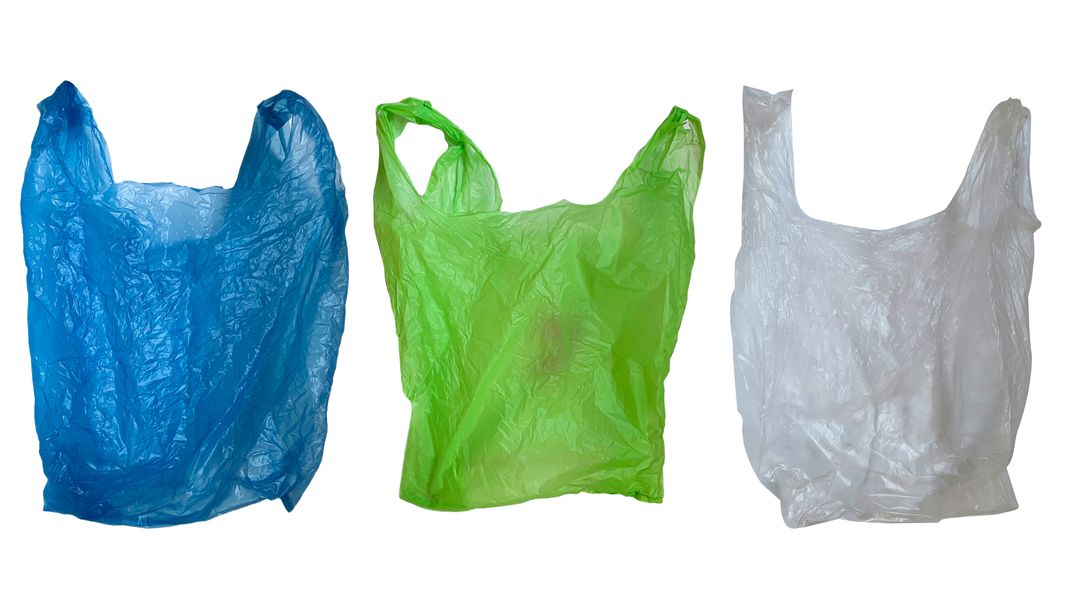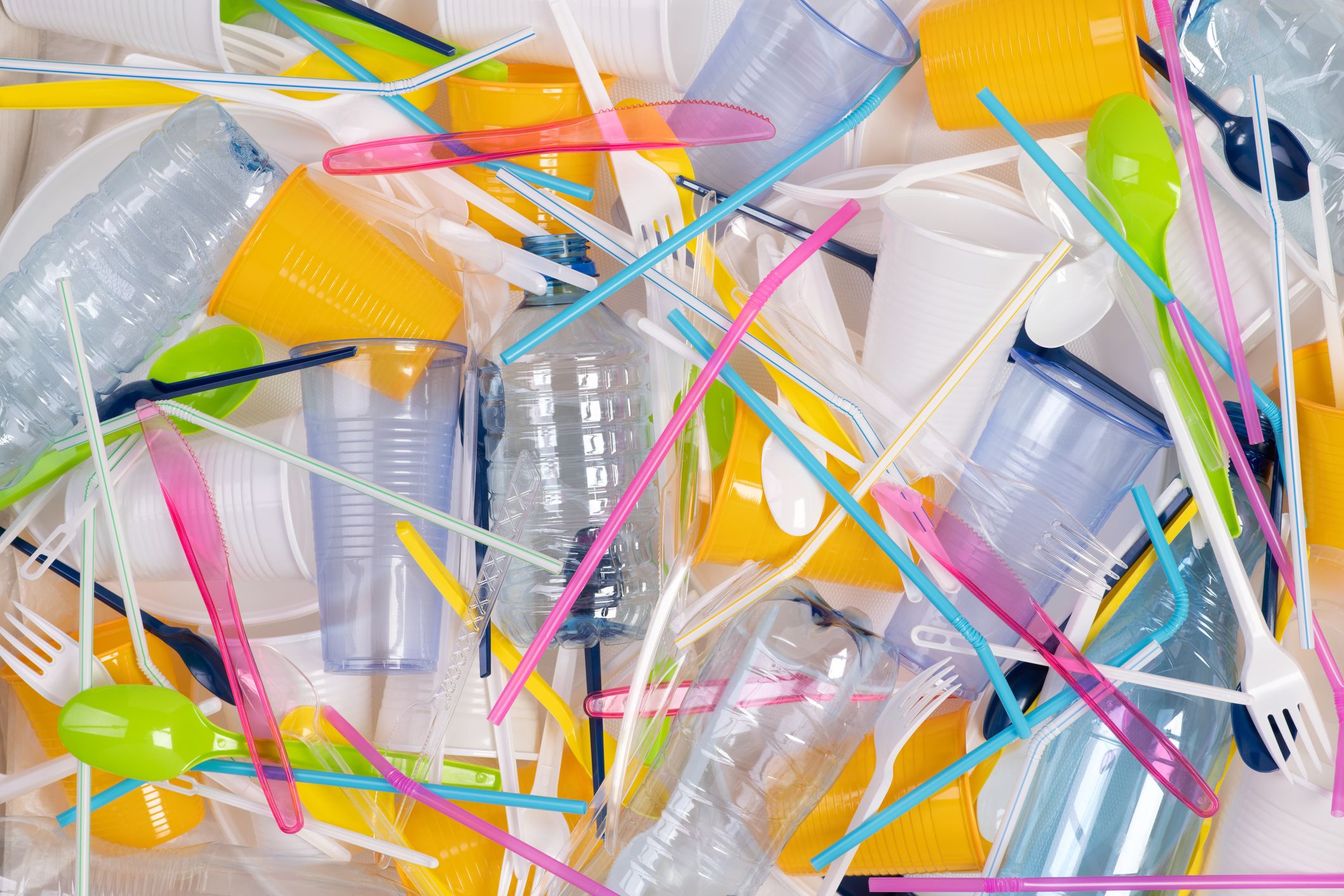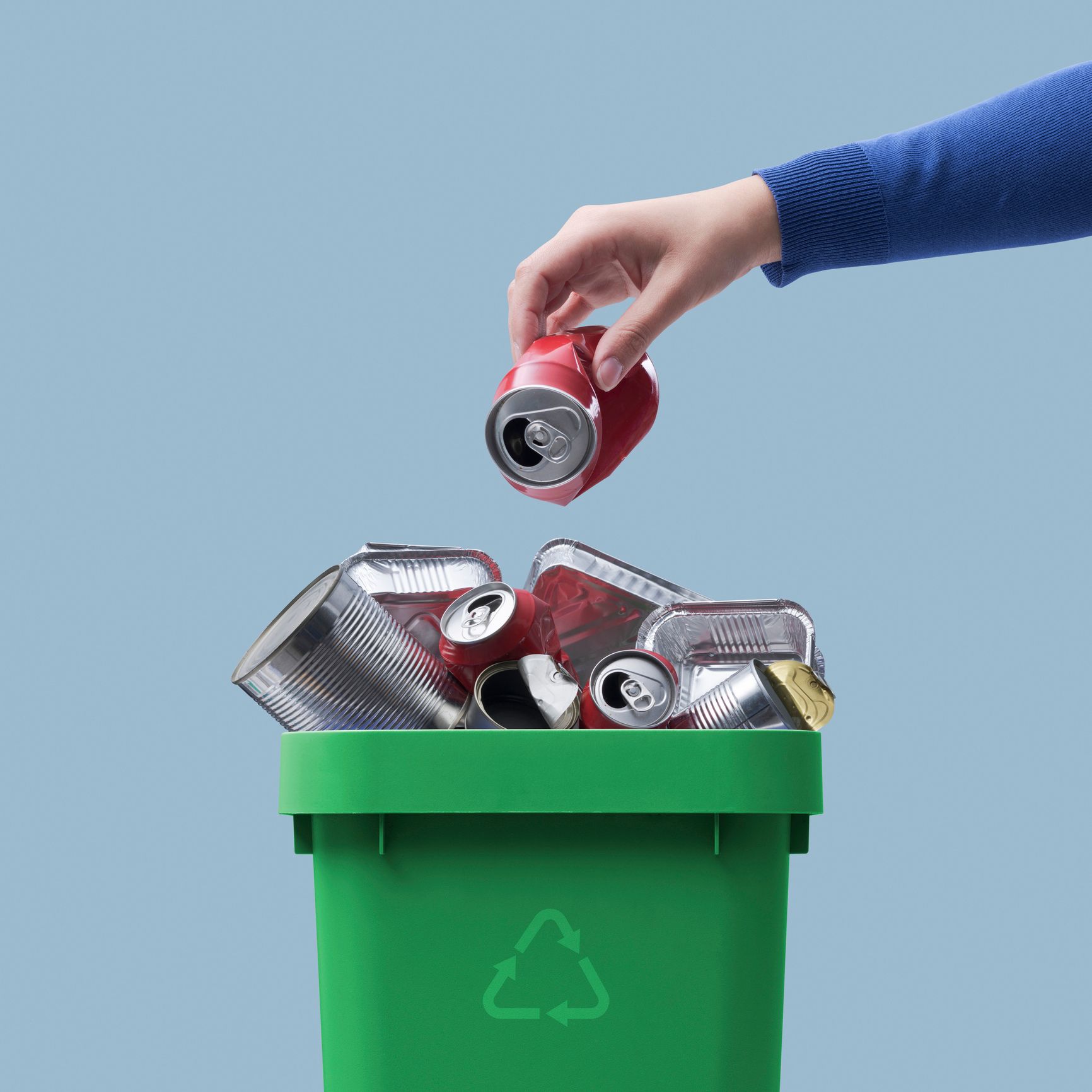The History of Plastic

January 26, 2024
Plastic has become inherent with everyday life. So much so that you almost can’t escape it, which is why it’s hard to imagine a world where it didn’t exist. Plastic is so ubiquitous that it’s become almost synonymous with disposable. But that wasn’t always the case, nor was that its intention when it was first created. What started as a revolutionary invention with endless possibilities has evolved into a global environmental challenge. Here we’ll take a look at the history of plastic, the throwaway culture it created, the environmental impact it has had on our planet and what might lie ahead.
The Birth of Plastic
Plastic's story begins in the early 20th century with the invention of Bakelite by Leo Baekeland in 1907. Bakelite, the first fully synthetic plastic, marked a significant breakthrough in materials science. This durable and versatile material paved the way for the creation of a wide range of plastic products including from jewelry to knobs and handles to bases and sockets for light bulbs. The material’s potential was so infinite that the company, The Bakelite Corporation, used the infinity symbol as its logo alongside the slogan, “The Material of a Thousand Uses”.

World War II and the Rise of Plastics
During World War II, plastic production saw a tremendous surge as it became a strategic material for the war effort. Plastics were used in aircraft, vehicles, and various military applications, highlighting its versatility and adaptability. Nylon was invented in 1935 and used for materials like ropes, parachutes and helmet liners while plexiglass (invented in 1933) was used as an alternative to glass in airplane windows. All production efforts were encouraged to produce more plastic materials to help keep up with the demand. But when the war was over, they had to pivot to make other things. The post-war era witnessed the commercialization of plastic products, entering households in the form of everyday items like Tupperware and toys.

The Plastic Boom
The mid-20th century saw an explosion in plastic production, driven by the convenience and cost-effectiveness of this synthetic material. Plastics found their way into packaging, consumer goods, and the automotive industry. The 'throwaway culture' emerged as single-use plastics became commonplace. A special 1947 issue of House Beautiful included a 50-page insert devoted to "Plastics... A Way to a Better, More Carefree Life." The main allure being that you could simply wipe up spills off of furniture and other plastic home objects. By 1960, plastic had surpassed the production of aluminum.
Environmental Awakening
In the 1960s, a pivotal decade marked by heightened environmental awareness, plastic debris in oceans became a visible concern. Rachel Carson's groundbreaking book, "Silent Spring," exposed the dangers of chemical pesticides, while incidents like the California oil spill and the Cuyahoga River fire in Ohio raised red flags about pollution. This awakening prompted a reassessment of plastics, as observers grappled with the persistent issue of plastic waste.
Gradually, the term "plastic" underwent a semantic shift, now associated with notions of cheapness, flimsiness, and fakeness. Plastics, once seen as full of possibilities, became symbolic of conformity and superficiality. Plastics' reputation faced another blow in the 1970s and 1980s with growing apprehensions about their impact on human health. Attention focused on additives like bisphenol A (BPA) and phthalates, which enhance plastic properties but are suspected of leaching into food, water, and the human body. Concerns about disruptions to the endocrine system, particularly in children, raised alarms among scientists and the public.

Recycling to the Rescue
The 1970s and 1980s witnessed a heightened concern about waste, with plastic singled out due to its disposable nature and everlasting presence in the environment. The plastics industry responded with recycling initiatives, but the reality falls short, with a significant portion of plastics still ending up in landfills or polluting the environment. The infamous Great Pacific Garbage Patch epitomizes the global challenge of plastic waste.
The Duality of Plastics
Despite the escalating concerns, plastics remain indispensable to modern life, enabling technological advancements, medical breakthroughs, and energy conservation. Inexpensive plastics have elevated the standard of living and made material abundance accessible. The challenge now lies in balancing the undeniable benefits of plastics with their environmental and health implications.
Recognizing the imperfections of plastics, scientists are actively exploring safer and more sustainable alternatives. Bioplastics made from plant crops and truly biodegradable plastics are emerging as potential solutions. Innovators are also striving to enhance recycling efficiency and develop processes to convert plastics back into the fossil fuels from which they originated. There will never be a world without plastic—but we need a drastic reduction in single-use plastic and pollution. What this looks like:
- Holding businesses accountable
- Encouraging a circular economy
- Prioritizing reusable and refillable products
- Limiting single-use consumption when possible
Keep Reading
Refill is the New Recycle
The perfect way to start cutting out single use plastic from your home.











